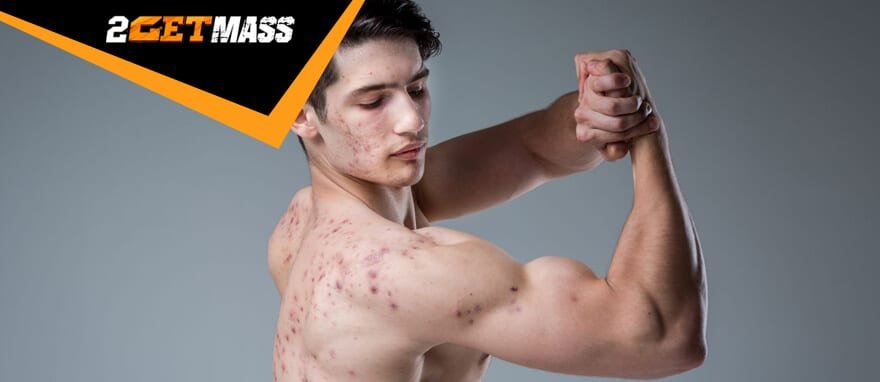
How to avoid acne due to steroids in the context of bodybuilding?
2GETMASS2023-06-29T14:40:33+00:00While bodybuilding offers many benefits including bulking, cutting, and improving performance, there are also side effects to be wary of. One such side effect is steroid acne. This article explains what steroid acne is, why it occurs during a cycle, the types of steroids that can cause it, and possible treatment options.
What is steroid acne?
To understand what steroid acne is, it is important to first know how ordinary acne occurs. First of all, typical acne is technically called “acne vulgaris”. However, most people prefer to call this skin condition “zits”, “spots” or “pimples”.
Typical acne can be caused by many factors, but one thing is common in virtually all cases: inflammation of the hair roots and sebaceous (oil) glands in the skin by the bacteria known as Propionibacterium acnes. While steroid acne is similar in appearance to regular acne, the difference between the two lies in the root cause.
In the case of ordinary acne, genetics, hormonal spikes, diet and poor hygiene are some of the reasons why the hair roots and oil glands in the skin can become infected and inflamed. .
However, in the case of steroid acne, the cyclic use of certain types of anabolic steroids is the main cause of the rash. Steroids make sebaceous glands susceptible to infection and inflammation.
It should be noted here that steroid acne can be caused by prescribed steroid drugs, such as prednisone, not just performance-enhancing drugs (PEDs).
Besides infection of sebaceous glands by bacteria, there is another type of acne caused by fungal infection, "Malassezia folliculitis", also known as fungal acne.
Just like acne vulgaris, the appearance of fungal acne can be due to natural reasons or the use of injectable or oral forms of androgenic-anabolic steroids (AAS).
Normal acne and steroid-induced acne can occur at any time in a person's life. Although age is not a major causative factor, typical acne and steroid acne tend to be common in adolescents, young people, and middle-aged adults respectively.
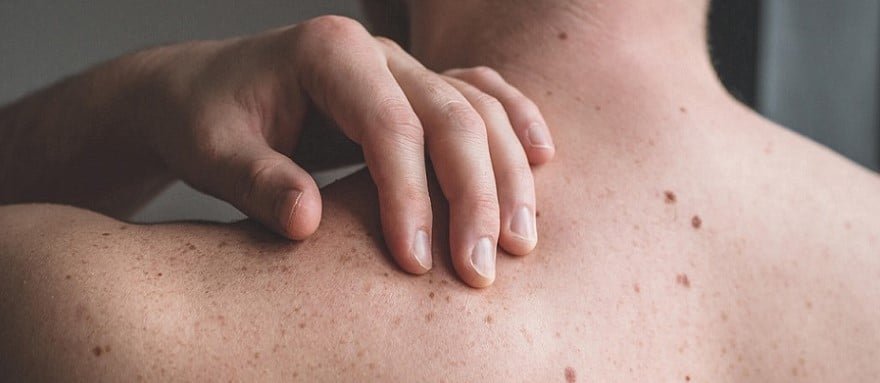
Why does acne appear when taking steroids?
In truth, science has not provided a definitive reason for the occurrence of steroid acne in bodybuilding. Nevertheless, some studies indicate increased production of TLR2 (immune system receptors) when using steroids.
Increased levels of TLR2 combined with the presence of Propionibacterium acnes or malassezia folliculitis on the skin are believed to be major culprits for steroid acne. This skin condition often manifests on the arms, back, chest, face and neck.
Symptoms of steroid acne are similar to regular acne, with the appearance of:
- Comedones (whiteheads)
- blackheads
- Papules (small reddish bumps)
- Pustules (yellow or white spots)
- Nodules (large reddish bumps)
- Pseudocysts (cyst-like bumps)
These are the main characteristics of steroid-induced acne, but there are side effects caused by scratching or stripping the acne.
Some of the more common side effects of acne caused by steroids include:
- The appearance of red spots due to healing acne
- Dark spots due to old acne healed
- healing
Typically, steroid acne caused by Malassezia folliculitis or Propionibacterium acnes Appears as uniform spots on the face or body, unlike classic acne vulgaris. But blackheads and whiteheads are not common in steroid acne caused by Malassezia folliculitis.
Types of Steroids That Sometimes Cause Steroid Acne
Androgenic-anabolic steroids (AAS) can be used in a variety of ways, including injection, inhalation, and oral use. Regardless of how you administer steroids, you are likely to suffer from steroid acne.
In fact, it is estimated that 50 % of steroid users who follow intensive steroid cycles with high dosages will suffer from steroid-related acne. However, the level of severity of steroid-related acne in bodybuilding differs from person to person due to several factors, including the type of AAS used.
The two AAS known to cause steroid acne side effects are Deca Durabolin (Deca) and Sustanon (Sust). Also, using a fairly high dosage of exogenous testosterone steroids can trigger breakouts.
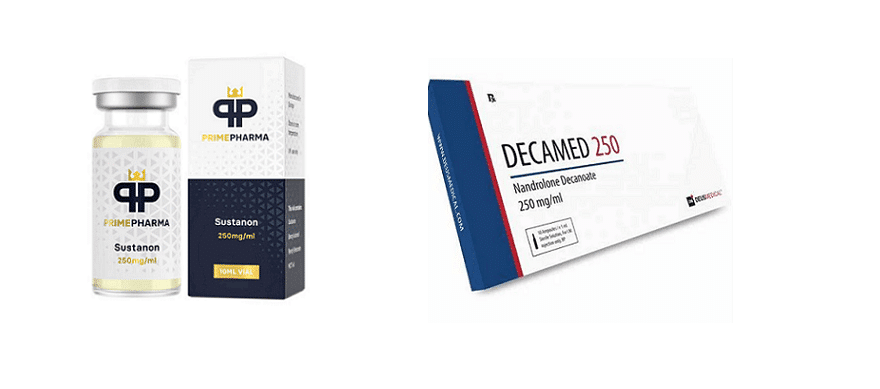
What to do with steroid acne?
Prevention is better than cure, they say. The first thing to do is therefore to avoid taking ASA indefinitely or for a long time. You should also avoid taking higher than normal doses.
It is advisable never to resort to self-medication or steroids without first consulting your doctor and/or trainer.
There are a few steroid acne treatment options to consider if you still have steroid acne after consulting your doctor and following a safe cycle/stack and dosage plan.
You should avoid sugary, fatty foods and dairy products as they can trigger breakouts. Consult a nutritionist and/or dietician to find out the best acne diet plan for you.
To avoid acne, it is also important that you avoid using cosmetic products containing petrolatum, butyl stearate, oleic acid, lanolin, lauryl alcohol and vegetable oils.
Note, however, that while avoiding certain foods and cosmetics helps prevent breakouts, you may need another steroid acne treatment to clear your acne symptoms from your face and /or your body.
There are a few steroid-based acne treatment options worth considering, such as:
#1. Topical medications
You can use antibacterial topical creams prescribed to treat and clear steroid acne caused by Propionibacterium acnes, while topical antifungal medications can be used to treat steroid acne caused by Malassezia folliculitis.
Topical retinoids, which come in vitamin A gels, lotions, or creams, can help relieve mild cases of steroid acne.
Known topical retinoids include tretinoin (Avita, Atralin, or Retin-A), adapalene (Differin), and tazarotene (Avage and Tazorac).
Vitamin A and other ingredients in these topical retinoids reduce inflammation while promoting the production of healthy skin cells.
#2. Oral medications
Antibiotics like those belonging to the tetracycline group can be prescribed to treat steroid-induced acne resulting from bacterial infection. Tetracycline, minocycline and doxycycline are known to help treat moderate to severe cases of steroid acne with scarring.
Note that it may take 4-8 full weeks before you notice the skin lightening effects of oral antibiotics. However, to get a full response, it takes between 12 and 24 weeks.
In mild cases of steroid acne, you may also be prescribed benzoyl peroxide along with oral antibiotics. Benzoyl peroxide is an effective antiseptic in killing the bacteria Propionibacterium acnes responsible for acne breakouts while reducing inflammation.
#3. Phototherapy
The phototherapy is another treatment option that is widely believed to treat the physical symptoms of steroid-related acne. The use of blue-red light and blue light alone is effective in helping to reduce symptoms of inflammation and clear up acne breakouts.
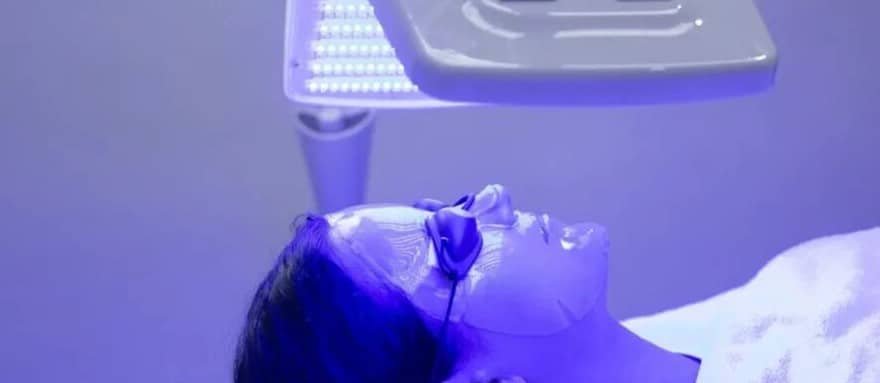
summary
Finally, it's important that whenever you want to use a topical treatment, especially on your face, that you apply the gel, lotion, or cream all over your skin.
and not just where the buttons are visible. This will prevent any incipient acne from taking hold and getting worse.
Also, avoid aggressively scrubbing your face when applying topical medication, as this act alone can trigger a breakout. In sum, steroid acne can be avoided if you stick to a safe cycle and dosage plan. Be sure to always seek the advice of a trainer before starting a cycle. You can get started today by chatting with an IFBB PRO here.


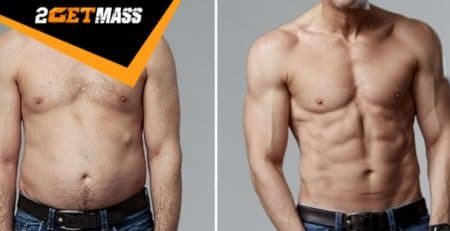
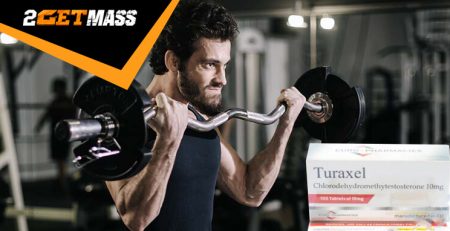
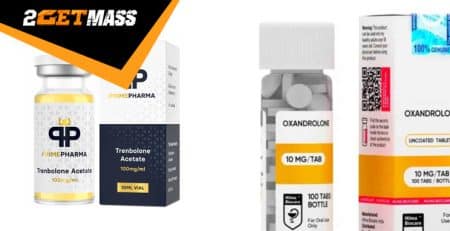
Comments (2)
Hello I use sustanon 250, I only do one injection per week. I'm in my 11th week and I have a lot of acne on my shoulders, upper back and pecs. Basically I'm not someone who has acne. Do you have a medication recommended to remedy this? Thank you so much
Hello Sir,
To combat acne, Accutane (Isotretinoin) is effective in most cases. We offer several brands of Accutane in our store.
Best regards,
2GM